
Imaging studies
We invite you to familiarize yourself with the current list of imaging tests that can be performed in our offices.
Imaging studies
The tests are performed on the best and the latest equipment for diagnostic imaging. The cameras have the necessary certificates, they are also covered by the service, thanks to which we are sure that the tests are reliable and the results leave no doubt.
Read about:
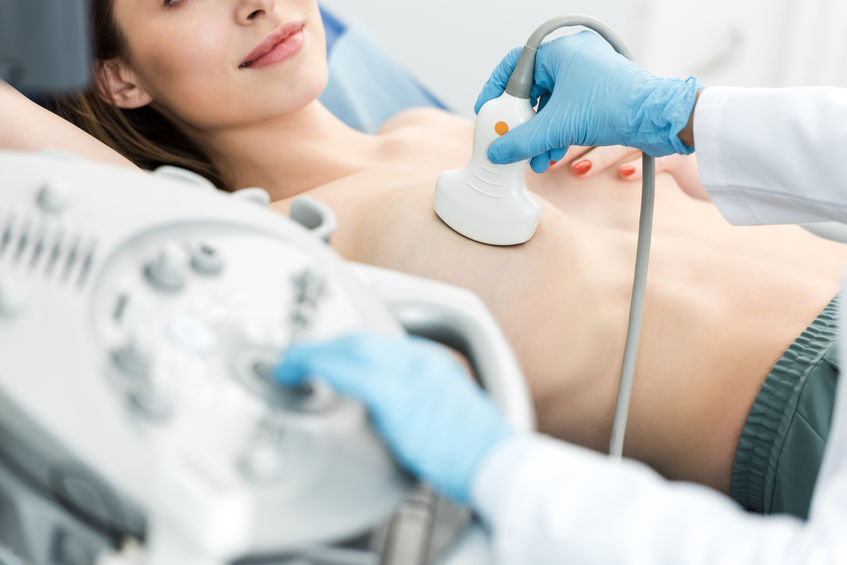
Breast ultrasound
It enables the assessment of the structures of the mammary gland, enables the determination of the nature of the tissues which make up the gland, the detection of lesions and the assessment of the lymph nodes of the armpits. This test may also be performed in pregnant and breastfeeding women.
Ultrasound examination is the basic examination for women up to 50 years of age. After the age of 50, a mammogram should be performed alternately with an ultrasound. Prophylactic breast ultrasound should be performed once a year, it should also be performed in pregnant women and after lactation.
Thyroid ultrasound
A thyroid ultrasound allows you to determine the size, shape, structure and position of the thyroid gland. This examination makes it possible to detect changes that cannot be recognized on palpation and those that are not visible on the scintigraphic image. The thyroid ultrasound also allows for the differentiation of the nature of the changes within the gland.
With subsequent check-ups, it is worth remembering to take the results of the previous ultrasound of the thyroid gland, blood hormone levels or thyroid scintigraphy (if previously ordered).
It should be added that thyroid ultrasound is painless, safe and non-invasive, so you can safely perform it on pregnant women and children.
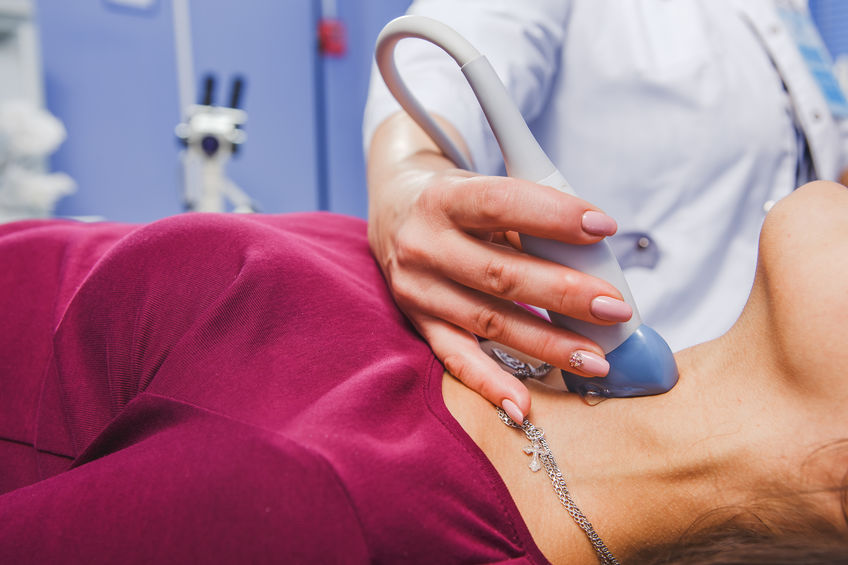
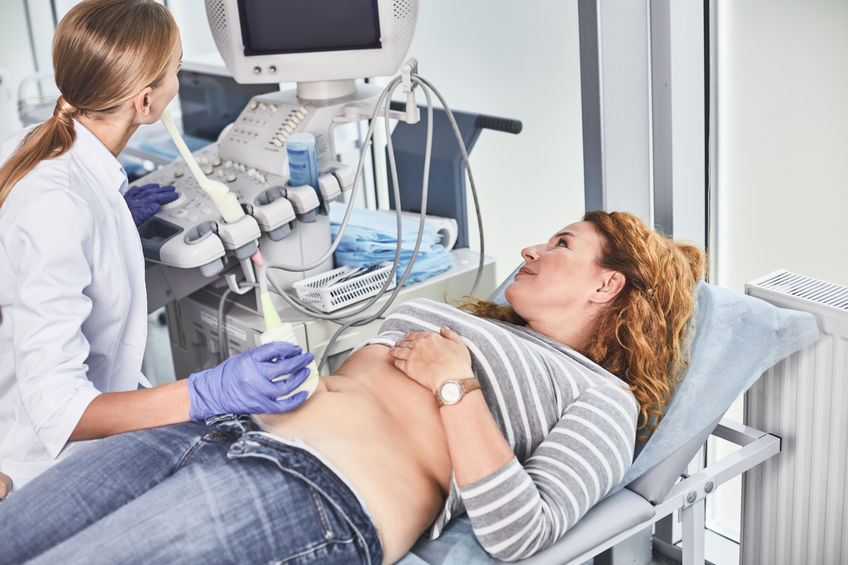
Ultrasound of the reproductive organ through the abdominal wall.
It is performed in special cases, in girls and women who have not had intercourse. It is performed lying down. The doctor covers the patient’s skin with the gel. Then he moves the head of the apparatus over the examined organs. The image showing the reproductive organ – uterus, ovaries is visible on the screen and recorded on paper.
This examination takes approximately 15-20 minutes.
Preparation for the test:
In order for the test to be performed correctly, remember that the patient’s bladder must be full (it is recommended to drink 2-3 glasses of fluids about 2 hours before the test)
Vaginal (transvaginal) ultrasound
It is the most common additional gynecological examination, both before and during pregnancy, and as a regular preventive examination. It should accompany each gynecological examination because it allows for quick diagnosis of many diseases, e.g. ovarian cysts or uterine fibroids. In early pregnancy, it is the primary confirmatory test. It allows to visualize the embryo already in the 4th week of pregnancy, the heart rate of the embryo from the 6th week of pregnancy. During pregnancy, vaginal ultrasound examining the fetus is performed until the 14th week, and this examination is performed until the end of pregnancy to assess the cervix.
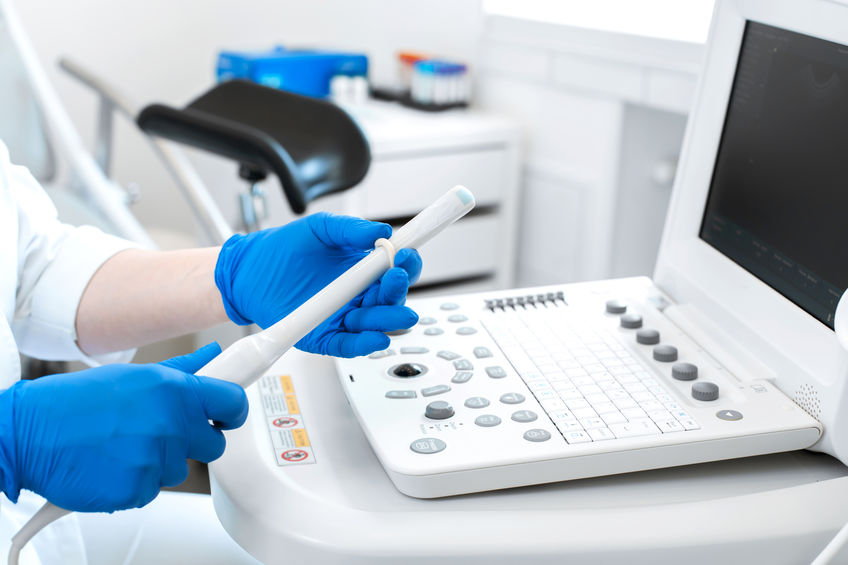

Ultrasound of the fetus through the abdominal wall
It is performed in pregnant women to assess the fetus at 11-14 weeks of pregnancy (genetic USG), after 20 weeks of pregnancy (prenatal USG) and after 30 weeks of pregnancy.
This examination takes approximately 20 – 30 minutes.
Preparation for the examination
A full bladder is not required.
2D ultrasound
The basic part of the pregnancy examination is the presentation of a two-dimensional image – 2D ultrasound, during which we have the opportunity to observe the cross-section of the inside of the uterus and the general outline of the fetal body with the image of the developing internal organs. Thanks to this, it is possible to assess the size and shape of various parts of the fetal body (mainly internal organs, i.e. the heart, kidneys, brain, stomach, bladder), its structure, as well as the placenta and the amount of amniotic fluid. Importantly, in this study we only get flat sections of the fetal body, which is the main difference between it and the 3D and 4D examination.
Using the ultrasound machine, we can perform a Doppler examination, which allows the assessment of blood flow through the vessels of the fetus and mother thanks to color ultrasound, which allows for obtaining knowledge about the functions of the heart and other organs.


3D ultrasound
Modern devices enable three-dimensional reconstruction of the image of the fetus (3D) and the inside of the uterus. As a result of the analysis of the 3D view, a precise and clear image of the child is obtained, which is easy for anyone to read. Meanwhile, in a 2D image, very often only a doctor is able to distinguish individual parts of the fetus. This image also gives anatomical sections, unavailable in simpler studies, helpful in more detailed analyzes.
4D ultrasound
It is three-dimensional imaging in real time, allowing the observation of fetal movements and the work of the heart. It allows for more in-depth observation of the child – for example, determining the order in which the specific motor skills of the fetus appear.
4D examination is more readable for parents than two-dimensional cross-sections, but only 4D ultrasound means registering a three-dimensional image in motion. The 2D study is a flat cross-section, the 3D study is a static image in three dimensions, while the 4D study is a moving image in three dimensions. This technology allows for precise evaluation of the brain, spine, heart, kidneys and other organs.
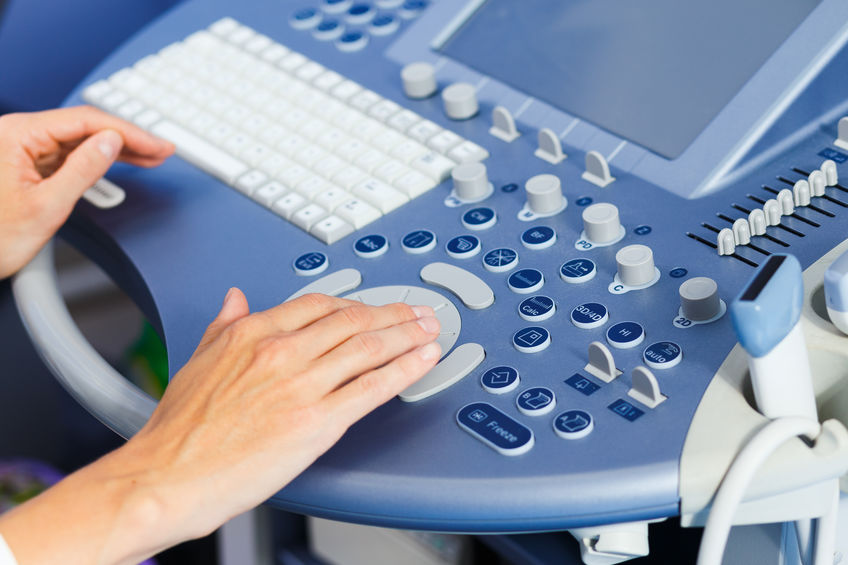

HSG-USG (Sonohisterosalpingographia)
It is a fallopian tube patency test. It involves the administration of a physiological saline solution into the uterine cavity through a sterile catheter. Using vaginal ultrasound, the doctor assesses whether the administered fluid flows out of the fallopian tubes and thus assesses their patency. The examination also assesses the shape and size of the uterus, the passage of fluid through the fallopian tubes and its spread between the loops of the intestines.
Preparation for the test:
Two days before the procedure, immediately after the menstrual period, take an antibiotic orally prescribed by a doctor, and two hours before the procedure, take painkillers and diastolic medications. Before the procedure, a gynecological consultation and a current Pap smear are required.
The test takes about 30 minutes.
The waiting time for the result and preparation for the test
The patient receives the result on the day of the examination in the form of a description with attached ultrasound printouts. On-site ultrasound is assessed, interpreted and consulted by the physician performing the examination.
Ultrasound examination is a safe and painless examination. There are no contraindications to its performance, if necessary, it can be repeated many times without the risk of complications for the patient. During the examination, a gel is used, which is applied to the viewed surfaces of the body, the image of the organs being viewed is displayed on the monitor.
Please remember to bring the results from the previous study with you to your next visit.

